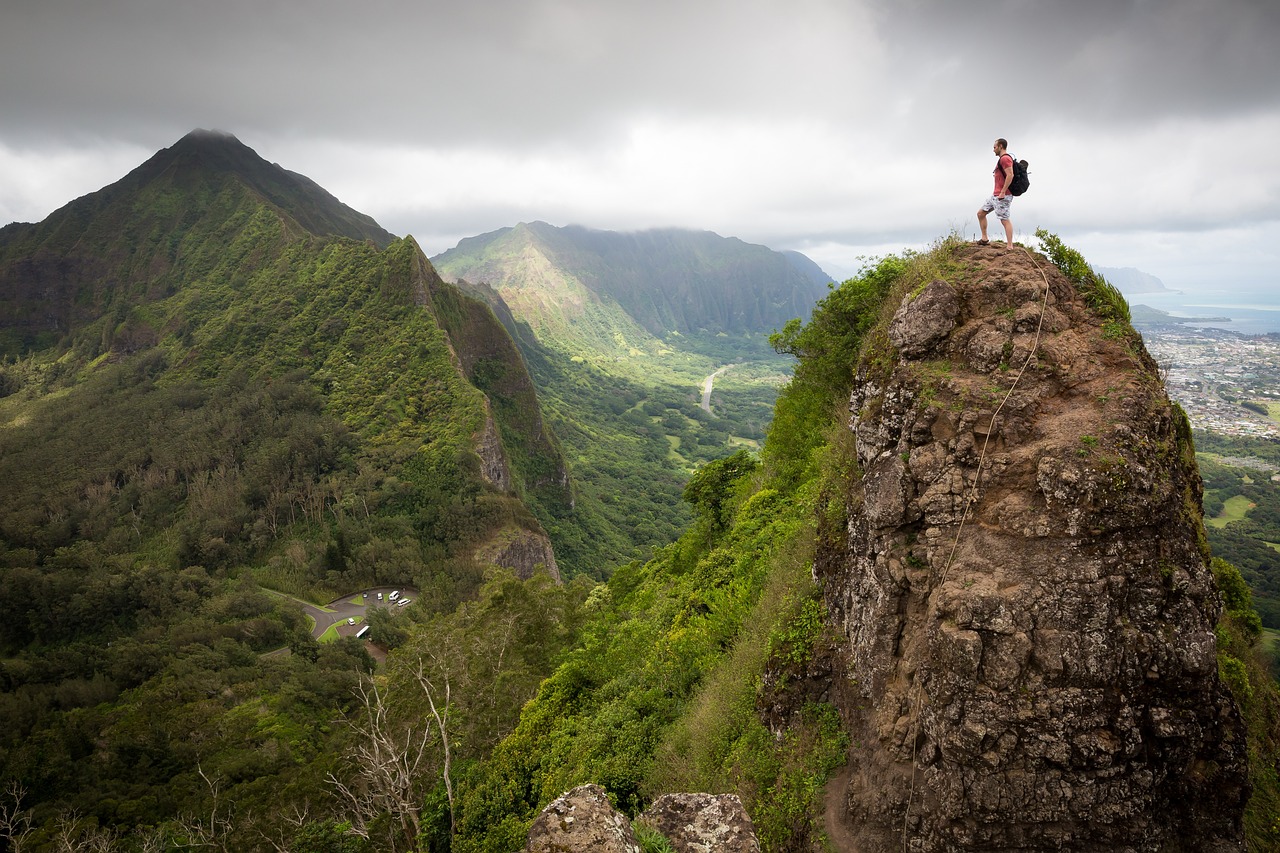Exploring remote trails and scenic mountains in foreign countries offers an unparalleled adventure that many outdoor enthusiasts dream about. However, when you’re days away from the nearest hospital, in unfamiliar terrain, possibly facing language barriers, emergencies take on a different level of seriousness. From sudden illness to natural disasters, being prepared for the unexpected can mean the difference between a frightening anecdote and a life-threatening situation. This comprehensive guide will walk you through essential strategies for preventing, preparing for, and handling emergencies when trekking overseas, ensuring you have the knowledge and confidence to navigate difficult situations far from home.
Research and Preparation Before Your Trip
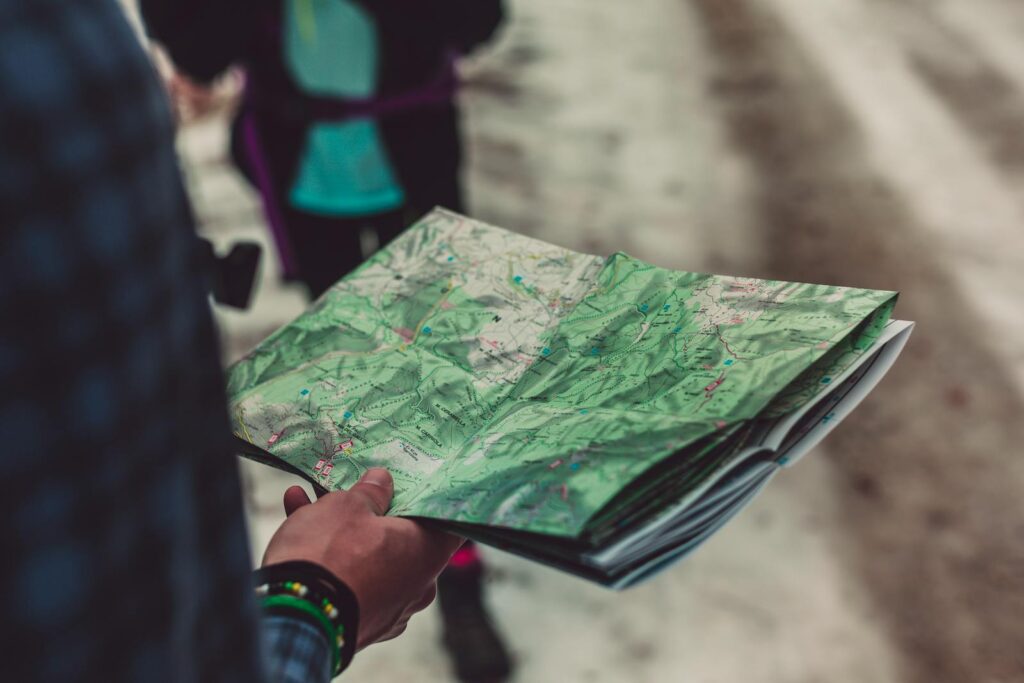
Before embarking on any international trekking adventure, thorough research about your destination is absolutely essential. Familiarize yourself with the political stability, common natural disasters, endemic diseases, and available medical facilities in the regions you’ll be visiting. Check travel advisories from your government’s foreign affairs department and register your travel plans with them if such services are available. Research local emergency numbers, understand how emergency services operate in your destination country, and identify the locations of the nearest hospitals and clinics along your trekking route. Additionally, take time to learn basic phrases in the local language related to emergencies, such as “I need a doctor” or “Please help me,” as these could prove invaluable in crisis situations.
Essential Documentation and Insurance
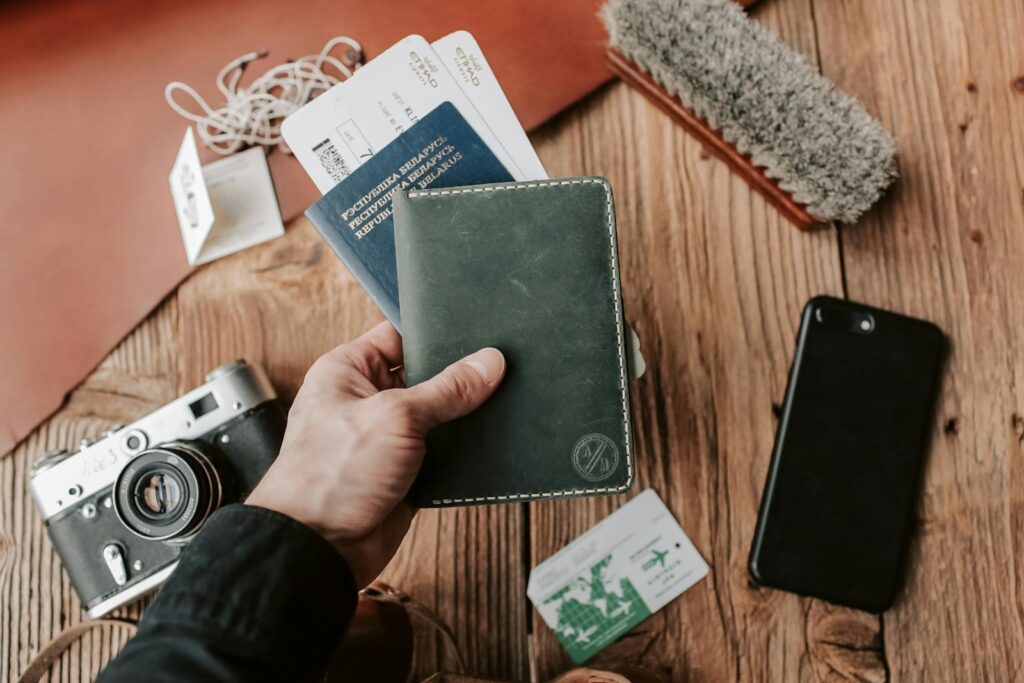
Comprehensive travel insurance with specific coverage for trekking activities and emergency evacuations is non-negotiable when adventuring overseas. Standard travel insurance often excludes activities above certain altitudes or those deemed “high-risk,” so carefully read the policy details before purchasing. Keep physical and digital copies of your insurance policy, passport, visa, emergency contacts, medical information, and embassy contacts. Store digital copies in cloud storage accessible without internet connection and share your detailed itinerary with trusted people at home. Carry a waterproof document pouch containing your physical documents, some emergency cash in local currency, and photocopies of your identification. Remember that proper documentation can expedite emergency responses and potentially save your life in critical situations.
Medical Preparation and First Aid Knowledge
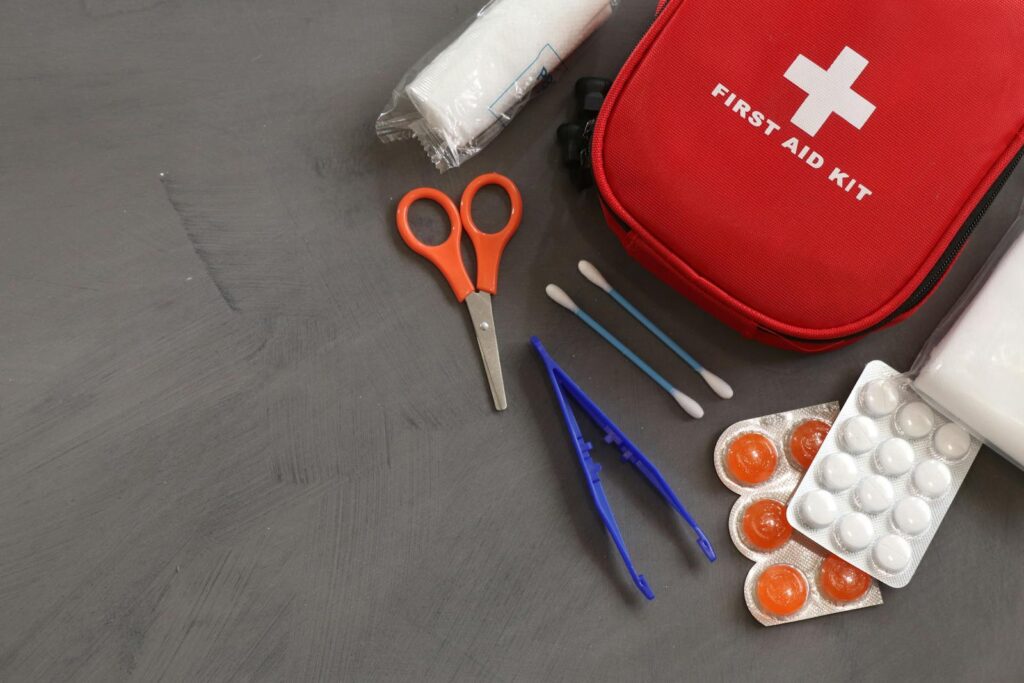
A comprehensive first aid kit tailored to your specific trekking environment is your first line of defense in emergency situations. Beyond basic supplies like bandages and antiseptics, include medications for altitude sickness, water purification tablets, and treatments for region-specific concerns like snake bites or tropical diseases. However, carrying supplies is meaningless without the knowledge to use them effectively, so invest time in wilderness first aid training before your trip. Learn how to recognize signs of serious conditions like altitude sickness, heat exhaustion, hypothermia, and anaphylaxis. Practice scenarios with your trekking partners so everyone knows how to respond to common emergencies. Remember that in remote locations, you may need to manage a medical situation for hours or even days before professional help arrives.
Communication Tools and Strategies
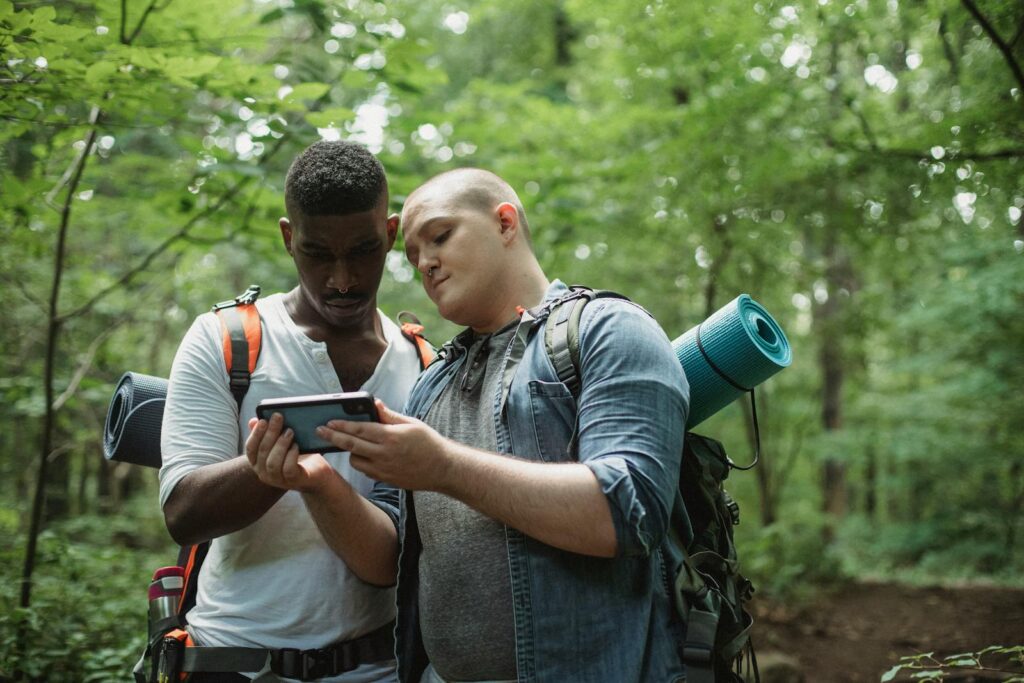
In remote trekking locations, traditional cell service is often nonexistent, making alternative communication methods essential for emergency situations. Consider investing in a satellite phone, personal locator beacon (PLB), or satellite messenger device that allows text communication and SOS signals from anywhere on the planet. Research the local communication infrastructure beforehand to understand potential limitations and plan accordingly. Establish check-in procedures with someone at home, informing them of when they should expect to hear from you and what to do if they don’t. Learn basic hand signals and whistle codes with your trekking group to communicate across distances or in noisy conditions. Remember that in many emergency situations, effective communication can significantly reduce response time and improve outcomes.
Weather-Related Emergencies

Sudden weather changes in mountain and wilderness environments can quickly transform a pleasant trek into a survival situation. Research typical weather patterns for your destination during your travel period and pack appropriate gear for potential extremes, not just the expected conditions. Learn to recognize signs of approaching storms, such as building cumulus clouds, sudden drops in temperature, or increasing winds. Understand the specific risks in your trekking area, whether that’s monsoon rains, flash floods, lightning storms, avalanches, or extreme temperature fluctuations. Develop a clear plan for what to do during various weather emergencies, including identifying potential shelter locations along your route and knowing when to abandon your itinerary for safety reasons. Remember that in remote locations, weather conditions can change dramatically without warning, and retreating is often the wisest decision.
Navigational Emergencies and Getting Lost

Getting disoriented in unfamiliar territory overseas can quickly escalate from inconvenient to life-threatening. Always carry multiple navigation tools, including physical maps, compass, and GPS devices with extra batteries or power banks. Before setting out each day, study your route and identify major landmarks, potential hazards, and possible exit routes. If you become lost, remember the STOP principle: Stop, Think, Observe, and Plan rather than wandering aimlessly and potentially worsening your situation. Mark your location and try to retrace your steps to the last known position, or if necessary, move to higher ground to gain perspective on your surroundings. In serious situations, stay put in a visible location and focus on signaling for help using bright-colored gear, signal mirrors, or by creating patterns visible from the air. Remember that moving downhill will generally lead to water sources and potentially to civilization, but this strategy varies by terrain.
Altitude-Related Emergencies
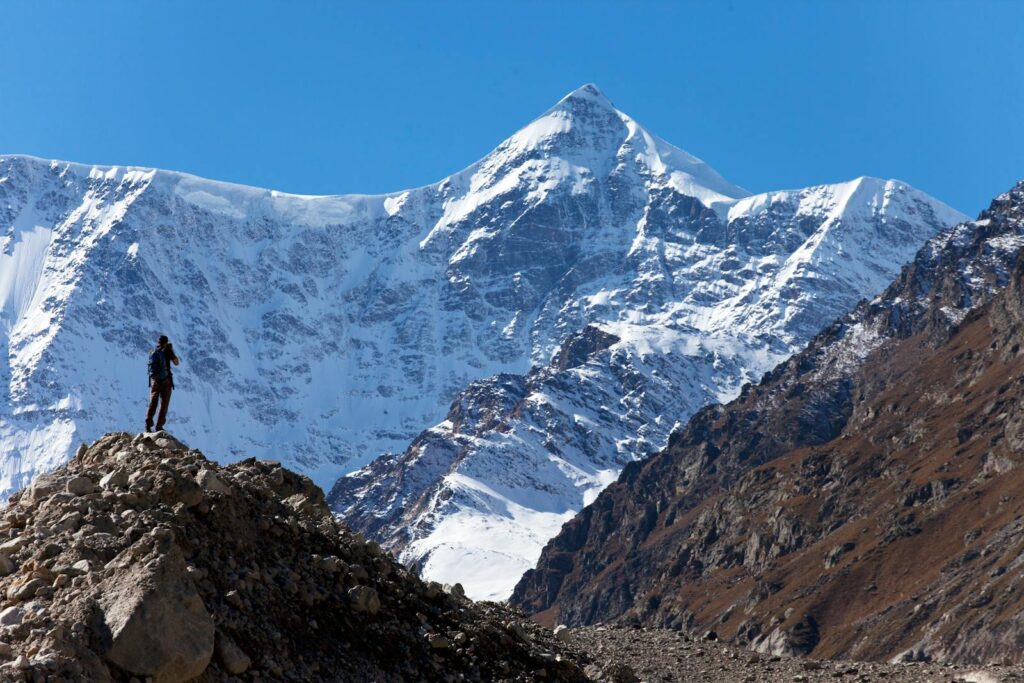
High-altitude trekking presents unique medical challenges that can affect even the fittest individuals without warning. Familiarize yourself with the symptoms of Acute Mountain Sickness (AMS), High Altitude Pulmonary Edema (HAPE), and High Altitude Cerebral Edema (HACE), which include headache, nausea, dizziness, fatigue, difficulty breathing, and confusion. Plan your ascent to include proper acclimatization days, following the principle of “climb high, sleep low” and limiting altitude gain to 300-500 meters per day once above 3,000 meters. At the first sign of altitude sickness, stop ascending and rest, and if symptoms worsen, immediate descent is the most effective treatment. Medications like acetazolamide (Diamox) can help prevent and treat mild AMS but should be discussed with a travel medicine specialist before your trip. Remember that altitude sickness can be fatal if ignored, and evacuation to lower elevations is often the only effective treatment for severe cases.
Water and Food Safety Emergencies

Gastrointestinal illnesses can quickly debilitate even the strongest trekker, making water and food safety paramount during overseas adventures. Never consume untreated water, regardless of how clean it appears, and learn multiple purification methods including boiling, chemical treatment, filtration, and UV sterilization. Pack oral rehydration salts and anti-diarrheal medications to manage symptoms if illness occurs, as dehydration can rapidly become life-threatening in remote areas. Be cautious with food from local markets and street vendors, especially in regions with different sanitation standards, and follow the traveler’s mantra: “Boil it, cook it, peel it, or forget it.” Understand that food poisoning or waterborne illness during a trek can necessitate evacuation if severe, so prevention is far better than treatment. Remember to consider your water needs carefully, as dehydration can mimic or exacerbate other medical emergencies and compromise your decision-making abilities.
Wildlife and Environmental Hazards
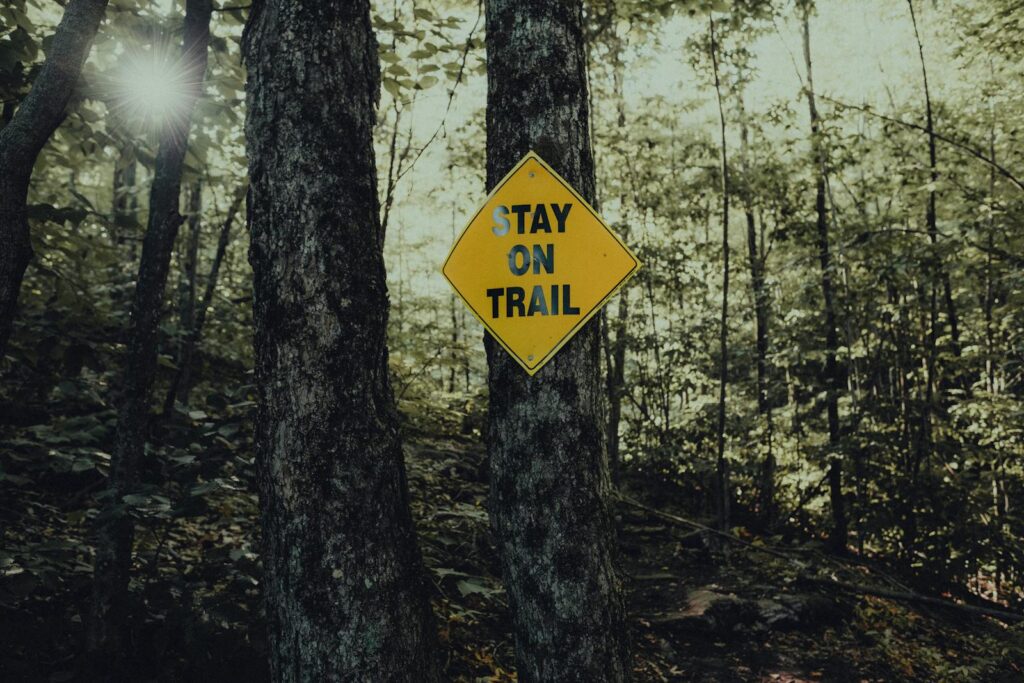
Each trekking destination has its unique environmental hazards, from venomous snakes in Southeast Asia to bears in North America. Research the specific wildlife dangers in your destination and learn appropriate response strategies before your trip. Understand the habits and behaviors of potentially dangerous animals in the region, including when they’re most active and how to avoid encounters. Learn to identify toxic plants, insects, and marine life relevant to your trekking environment. Pack specific countermeasures when appropriate, such as bear spray in grizzly country or pressure bandages in areas with neurotoxic snake species. Remember that most wildlife encounters can be avoided through proper food storage, awareness of your surroundings, and respecting animal habitats and behaviors.
Injury Management and Evacuation
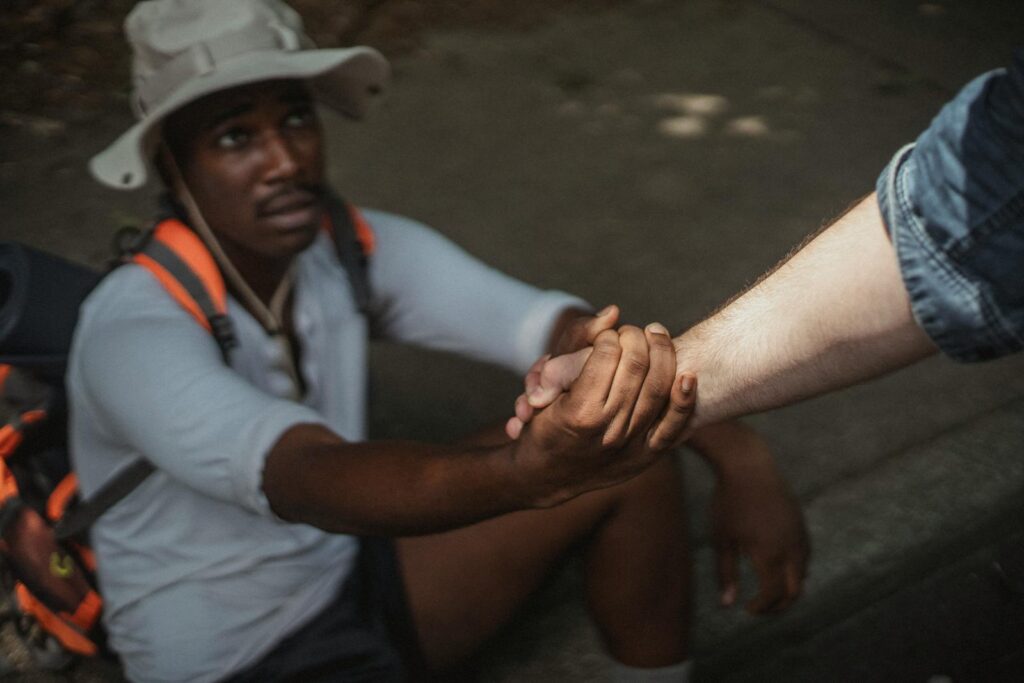
Physical injuries during remote treks present complex challenges requiring both first aid knowledge and evacuation decision-making skills. Learn proper techniques for stabilizing fractures, addressing sprains, managing wounds, and preventing infection in wilderness settings. Understand when an injury necessitates evacuation versus when it can be managed in the field, keeping in mind that even minor injuries can worsen without proper care. Familiarize yourself with improvisation techniques using available materials when traditional first aid supplies are limited or depleted. Practice scenarios where you must move an injured person, understanding that in remote locations, self-evacuation may be necessary. Remember that the decision to evacuate should consider factors beyond the immediate injury, including weather conditions, distance to medical care, group resources, and potential for the situation to deteriorate.
Cultural and Legal Considerations During Emergencies
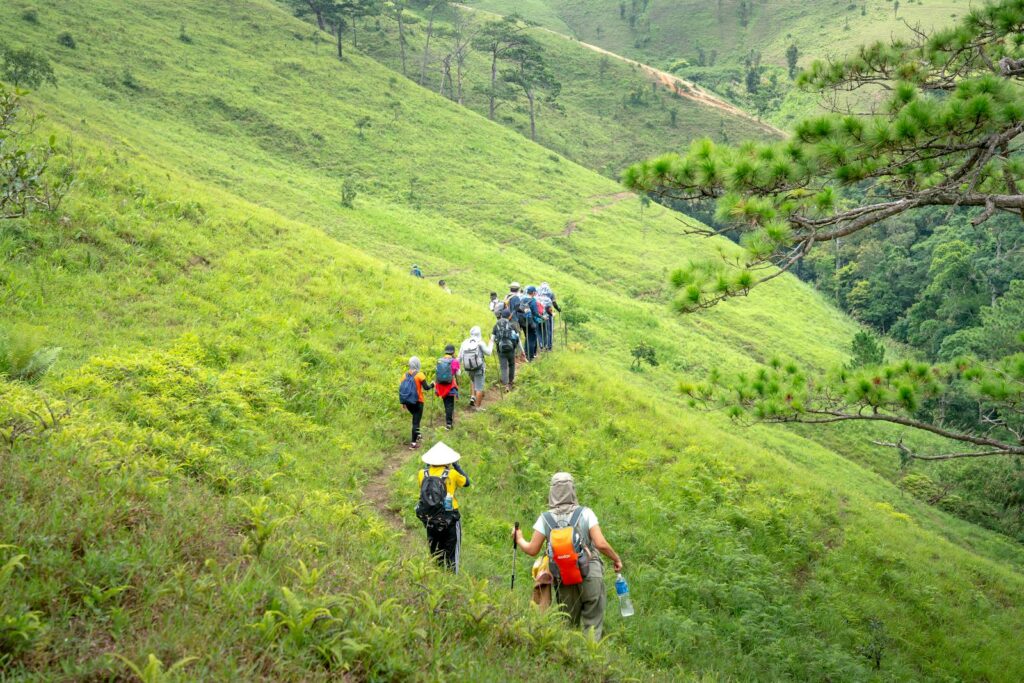
Emergency situations in foreign countries involve navigating unfamiliar cultural and legal landscapes that can impact how you receive help. Research local customs regarding physical contact, gender roles, and appropriate behavior, as these can affect emergency response interactions. Understand the legal implications of emergency actions that might be routine in your home country but problematic abroad, such as carrying certain medications or using satellite communication devices. Learn about potential financial expectations in medical emergencies, as many countries require payment before treatment, regardless of your insurance coverage. Familiarize yourself with your embassy’s capabilities and limitations during emergencies, understanding that they can provide guidance and support but may not be able to intervene directly in all situations. Remember that respecting local protocols and authority figures, even if their approach differs from what you expect, typically results in better outcomes during crisis situations.
Psychological Aspects of Emergency Management
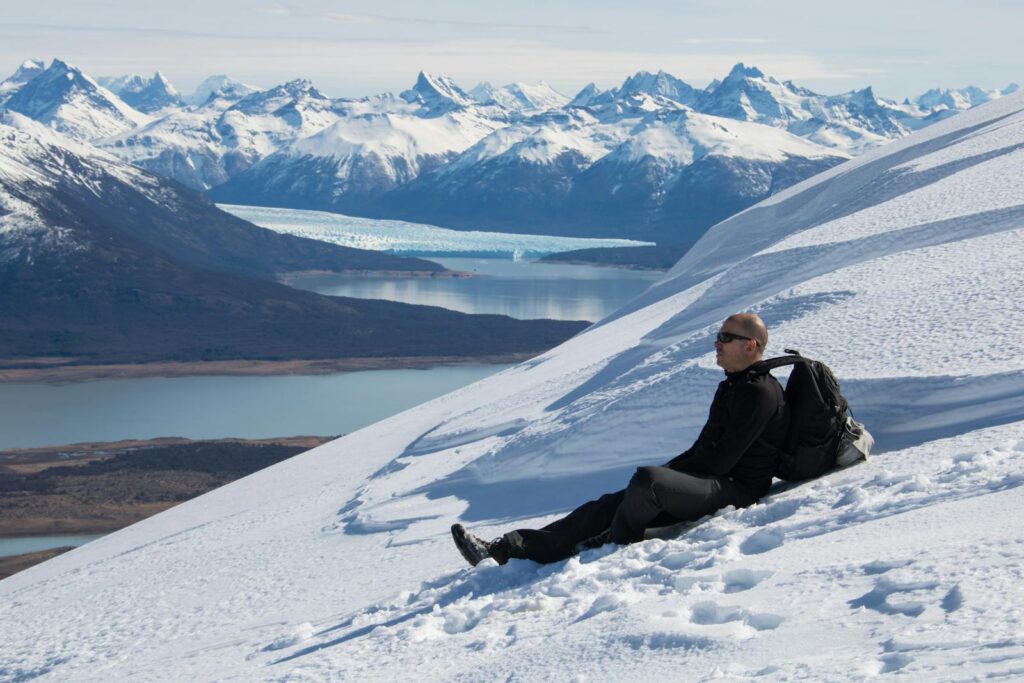
The psychological impact of emergencies can significantly affect decision-making and survival outcomes in remote trekking situations. Prepare mentally for potential emergencies by visualizing scenarios and your responses before they occur, reducing the shock and panic that often accompanies crisis situations. Practice stress management techniques like deep breathing, positive self-talk, and compartmentalizing problems into manageable tasks. Understand how group dynamics change during emergencies and establish clear leadership and communication protocols before problems arise. Learn to recognize signs of panic, shock, and post-traumatic stress in yourself and others, as these conditions can compromise safety and judgment. Remember that maintaining psychological resilience is as important as physical preparedness in emergency situations, and even experienced trekkers can make poor decisions when overwhelmed by fear or stress.
Post-Emergency Procedures and Recovery

How you handle the aftermath of an emergency can significantly impact long-term outcomes and future trekking experiences. Document all details of the incident as soon as practically possible, including actions taken, medications administered, and environmental conditions, as this information can be valuable for medical providers. Contact your insurance company at the earliest opportunity to initiate claims processes and receive guidance on approved facilities or evacuation options. Allow time for physical and psychological recovery before continuing your trek or planning new adventures, recognizing that even minor emergencies can have lasting impacts. Debrief with your trekking partners to discuss what went well and what could be improved in your emergency response, using the experience as a learning opportunity rather than a deterrent. Remember that properly processing an emergency experience contributes to better preparation and resilience for future adventures.
Handling emergencies during overseas trekking adventures requires a blend of thorough preparation, practical knowledge, quick thinking, and psychological resilience. While this guide covers essential strategies for managing crisis situations in remote locations, remember that the best emergency response is prevention through proper planning, honest assessment of your capabilities, and respect for the environments you explore. By investing time in preparation, training, and gathering appropriate equipment before your journey, you transform potential disasters into manageable challenges. The wilderness offers unparalleled beauty and life-changing experiences, and with the right preparation, you can explore the world’s most remote trails with confidence, knowing you’re ready to handle whatever challenges may arise along the way.

